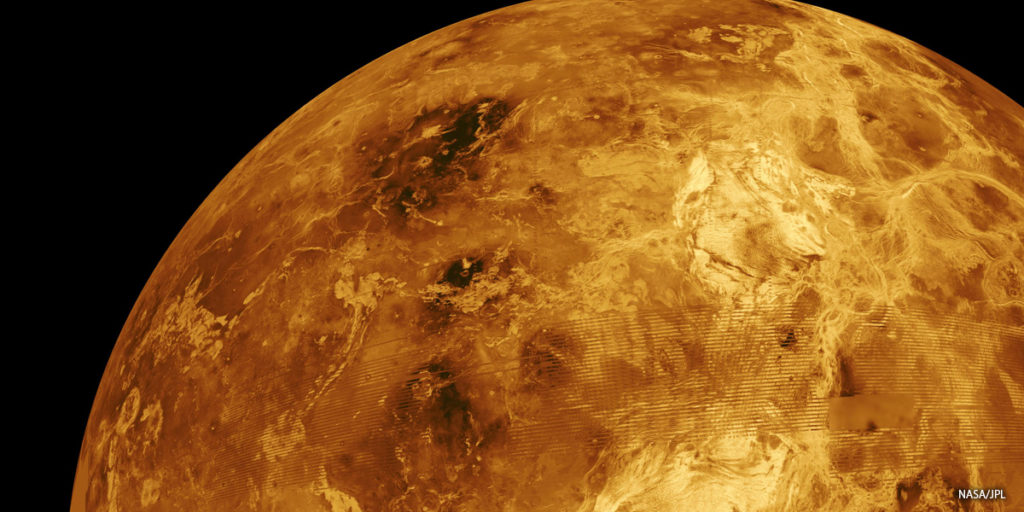Hokkaido: Atmospheric Tidal Waves Maintain Venus' Super-Rotation
Posted: Sat Apr 25, 2020 5:12 pm
Atmospheric Tidal Waves Maintain Venus' Super-Rotation
Hokkaido University | 2020 Apr 24
How Waves and Turbulence Maintain the Super-Rotation of Venus’ Atmosphere ~ Takeshi Horinouchi et al
Hokkaido University | 2020 Apr 24
An international research team led by Takeshi Horinouchi of Hokkaido University has revealed that this ‘super-rotation’ is maintained near the equator by atmospheric tidal waves formed from solar heating on the planet’s dayside and cooling on its nightside. Closer to the poles, however, atmospheric turbulence and other kinds of waves have a more pronounced effect. ...
Venus rotates very slowly, taking 243 Earth days to rotate once around its axis. Despite this very slow rotation, Venus’ atmosphere rotates westward 60 times faster than its planetary rotation. This super-rotation increases with altitude, taking only four Earth days to circulate around the entire planet towards the top of the cloud cover. The fast-moving atmosphere transports heat from the planet’s dayside to nightside, reducing the temperature differences between the two hemispheres. “Since the super-rotation was discovered in the 1960s, however, the mechanism behind its forming and maintenance has been a long-standing mystery,” says Horinouchi.
Horinouchi and his colleagues ... developed a new, highly precise method to track clouds and derive wind velocities from images provided by ultraviolet and infrared cameras on the Akatsuki spacecraft, which began its orbit of Venus in December 2015. This allowed them to estimate the contributions of atmospheric waves and turbulence to the super-rotation. ...
How Waves and Turbulence Maintain the Super-Rotation of Venus’ Atmosphere ~ Takeshi Horinouchi et al
- Science 368(6489):405 (24 Apr 2020) DOI: 10.1126/science.aaz4439
